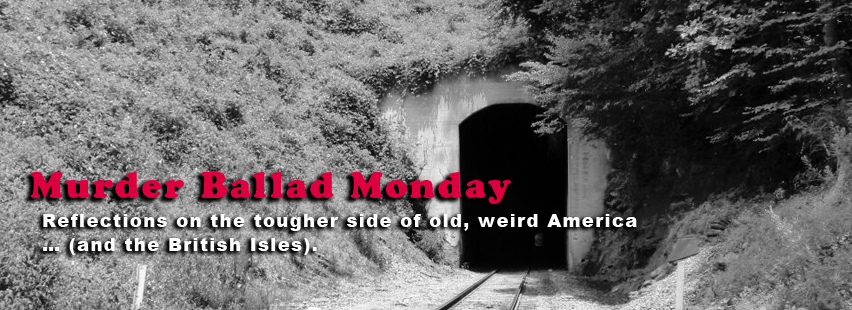Time, Truth, and Tempest: A Titanic Playlist, Part 2
<<<Back to page 2
“Titanic Blues” by Phil Alvin
This track is more traditional, telling the Titanic story in a straightforward way. The ship is less self-consciously deployed as a symbol for something else than it is in any of the rest of the songs in this post.
“Band Played On” by Joe Walsh
Eagles veteran Joe Walsh uses the Titanic as the launching point for a social critique. Simply put, the band plays on while our metaphorical ship (society) goes under. It’s a rather cynical song, especially relative to the role of music. [Contains mild profanity.]
“Dance Band on the Titanic” by Harry Chapin
Leave it to Harry Chapin to give us one of our cheeriest Titanic tunes. I’m only aware of one proper murder ballad in Chapin’s oeuvre (“Sniper”). Most of his best songs are far, far more depressing than murder ballads. Ironically, his tune about the Titanic disaster figures as an up-number in his set. If comedy is tragedy plus time, Chapin clearly thought enough time had passed. It’s a toe-tapper. As Chapin explains in the introduction to the performance below, he’s also leveling a social critique.
Conclusion
In the first post on Titanic songs, we read this assessment of the disaster’s value as an item of cultural memory from historian Steven Biel:
“The Titanic disaster was historically not intrinsically meaningful. While we like to think that the disaster’s resonance is timeless—that it has to do with universal themes of humans against nature, hubris, false confidence, the mystery of the sea, hydrophobia, heroism, and cowardice—the Titanic seared itself into American memory not because it was timeless but because it was timely. Americans in 1912 made it speak to the concerns of contemporary politics, society, and culture. Although many of them claimed to have found trans-historical truths in the disaster, such claims were themselves historically grounded in their own present circumstances and ideological purposes. No more than any other event was the Titanic inherently memorable. Making rather than finding its significance, people worked and fought to shape how the disaster would, they hoped, be remembered.”
While this aspect of meaning-making may well have applied to the early years of cultural and artistic production around the Titanic, its timeliness has since yielded to a kind of timelessness. It’s something of a truism to say that meaning is applied or made rather than found, and that that’s always done within history. But, a measure of the ardor of that contestation over the early meanings of the Titanic is that it has yielded a recurring symbol that serves artists in ways large and small; ranging from Dylan’s 45 verses on temporality and tragedy to minor asides, such as Emily Saliers’s line “I sailed my ship of safety till I sank it” in “Closer to Fine.” We now get to add layers of complexity to those early meanings of the Titanic disaster. We feel the value of the insight that there can be no real security from sudden devastation. As we read in our earlier posts on Disaster Songs, that insight cultivates compassion and awareness of our interdependence.
We may see further mutations of the story in song and symbol as the years progress. If so, we’ll move on to a Part 3 of our playlist. For now, I’ll leave you with this playlist covering the songs we’ve explored, and some we haven’t. Thanks for reading.

